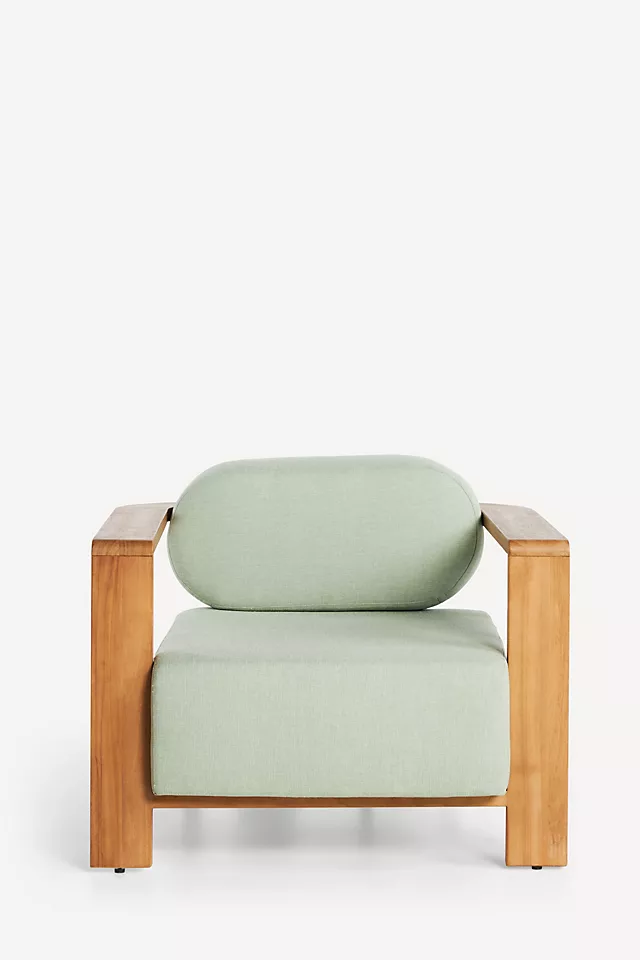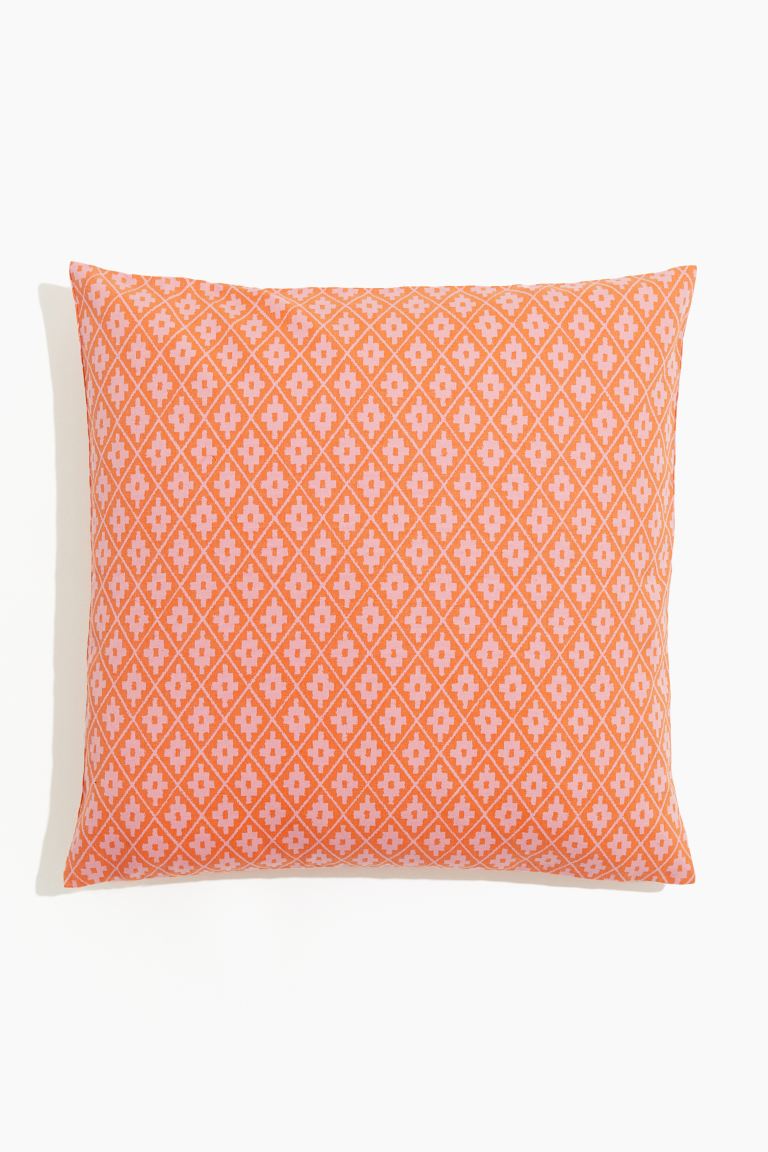5 Outdated Backyard Designs That Landscape Designers Have Left Behind – And What They're Doing Now Instead
From wall-to-wall turf to dated outdoor furniture, designers are ditching these trends in favor of stylish and sustainable swaps
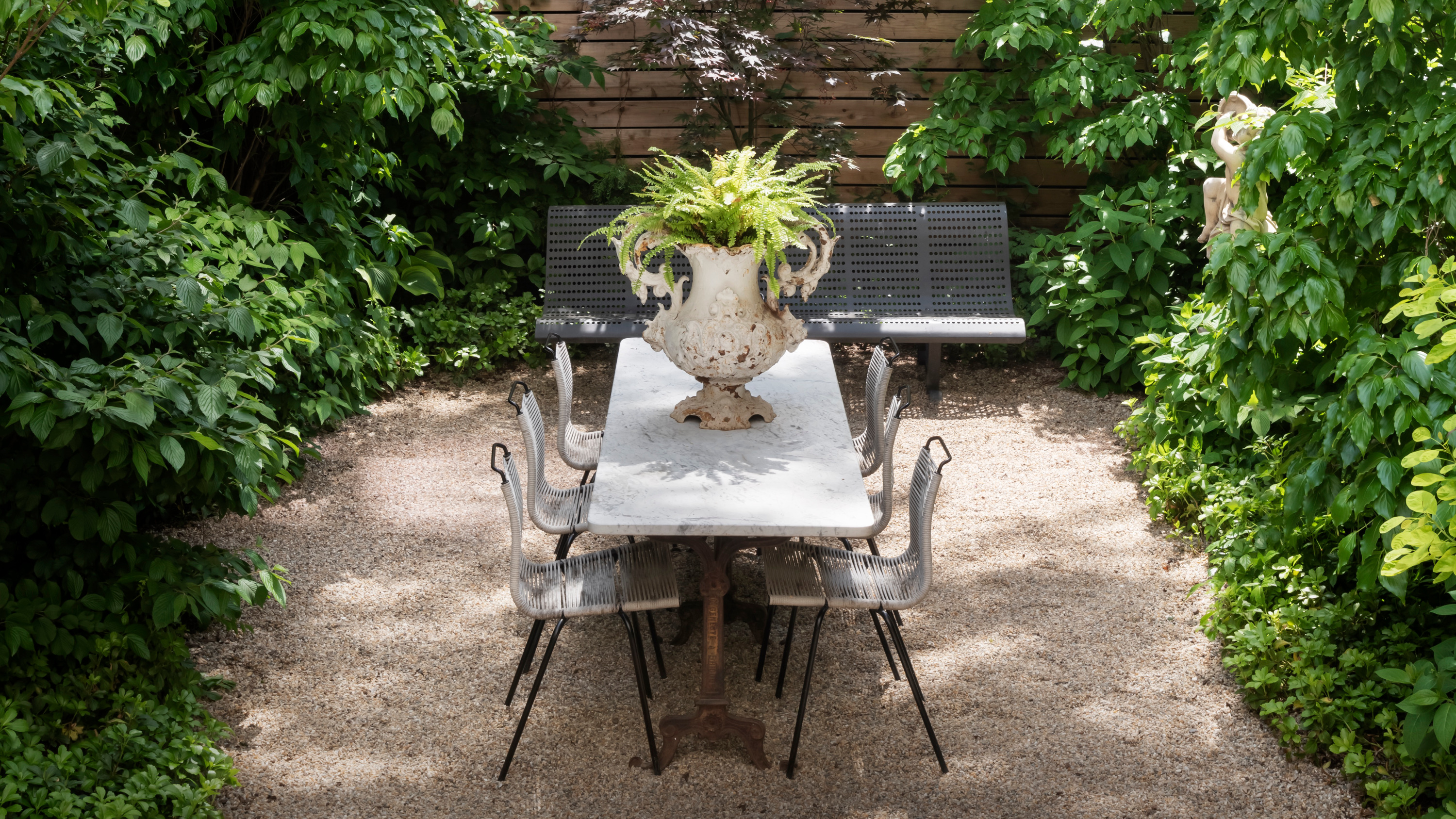

Backyard trends might not move as fast as interior trends, but there's been a definite shift in how landscape designers are thinking about outdoor spaces – and a lot of it comes down to our growing desire to make our gardens part of a wider effort to be more sustainable, to encourage biodiversity and to save resources.
Of course, interior designers also influence backyard ideas, particularly when it comes to outdoor furniture — indeed, one of the biggest shifts over the past few years has been to outdoor spaces that feel as chic and pulled-together as our homes.
All of this means that some key backyard trends of old are feeling increasingly dated – from wall-to-wall lawn to traditional garden furniture. We spoke to landscape architects and designers to get their take – and hear their thoughts on the trends they love instead.
1. Manicured landscaping
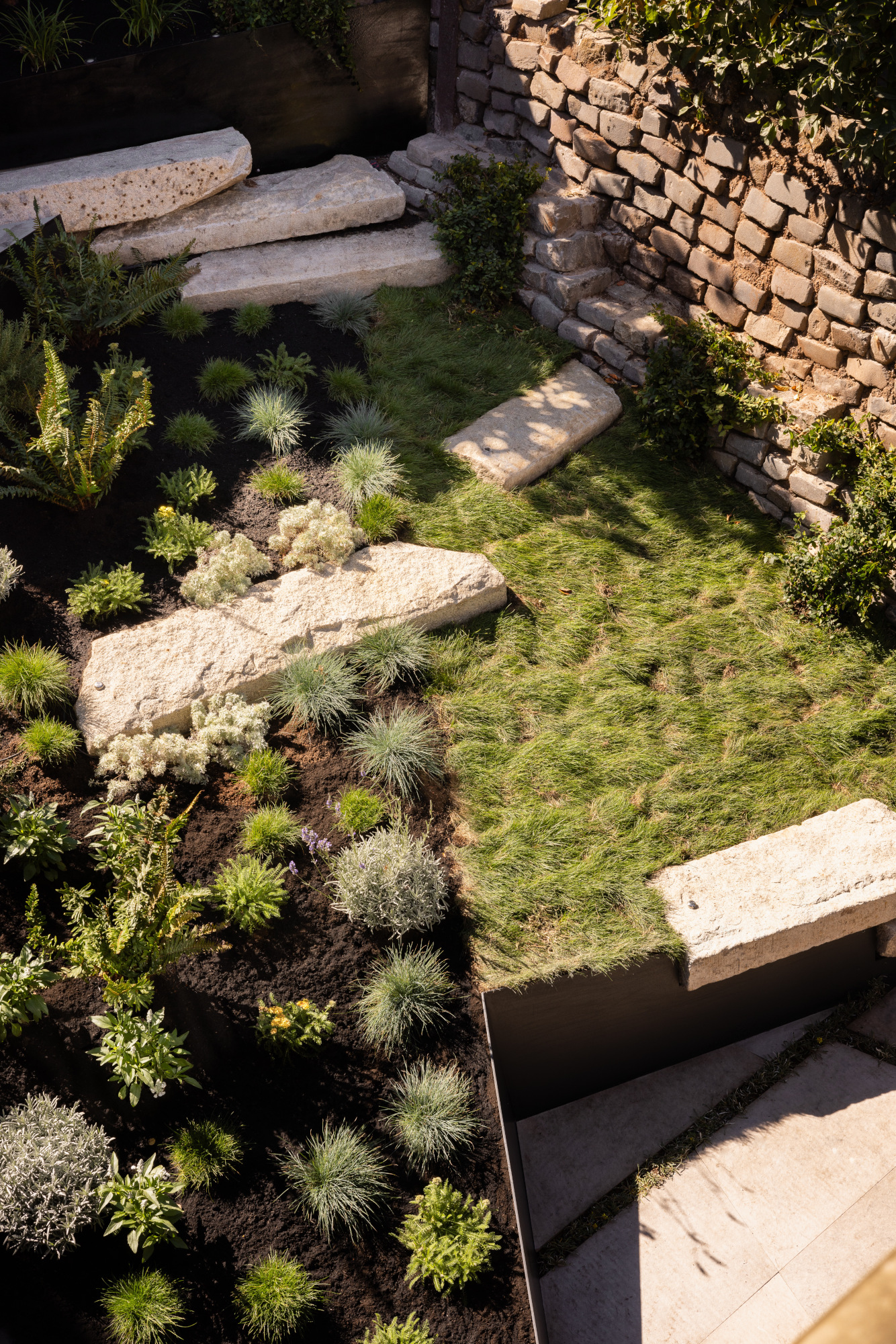
Overly ‘perfect’ garden schemes with uniform features feel dated in comparison to those created by cutting-edge garden designers. Instead, your planting and landscaping should feel a little more, well, natural. Take this dry garden scheme designed by James Munden of Munden Fry Landscape Associates, part of a larger project by California-based interior design and architecture firm Medium Plenty.
‘In place of tailored, symmetrical landscaping styles are more organic, almost overgrown shrubs and greenery,’ says Laura Williams, founder of Austin, Texas studio ATX Interior Design. ‘Perfection is a thing of the past and naturally shaped growth is preferred. Additionally, meandering paths are so much more enjoyable than rigid walkways.’
‘Traditional garden layouts are based on grids and symmetry, symmetry, symmetry – but nature is not,’ adds Greenwich, Connecticut-based landscape architect Janice Parker. ‘Rounded and circular shapes create more organic and visually rhythmic spaces.’
2. Wall-to-wall lawn
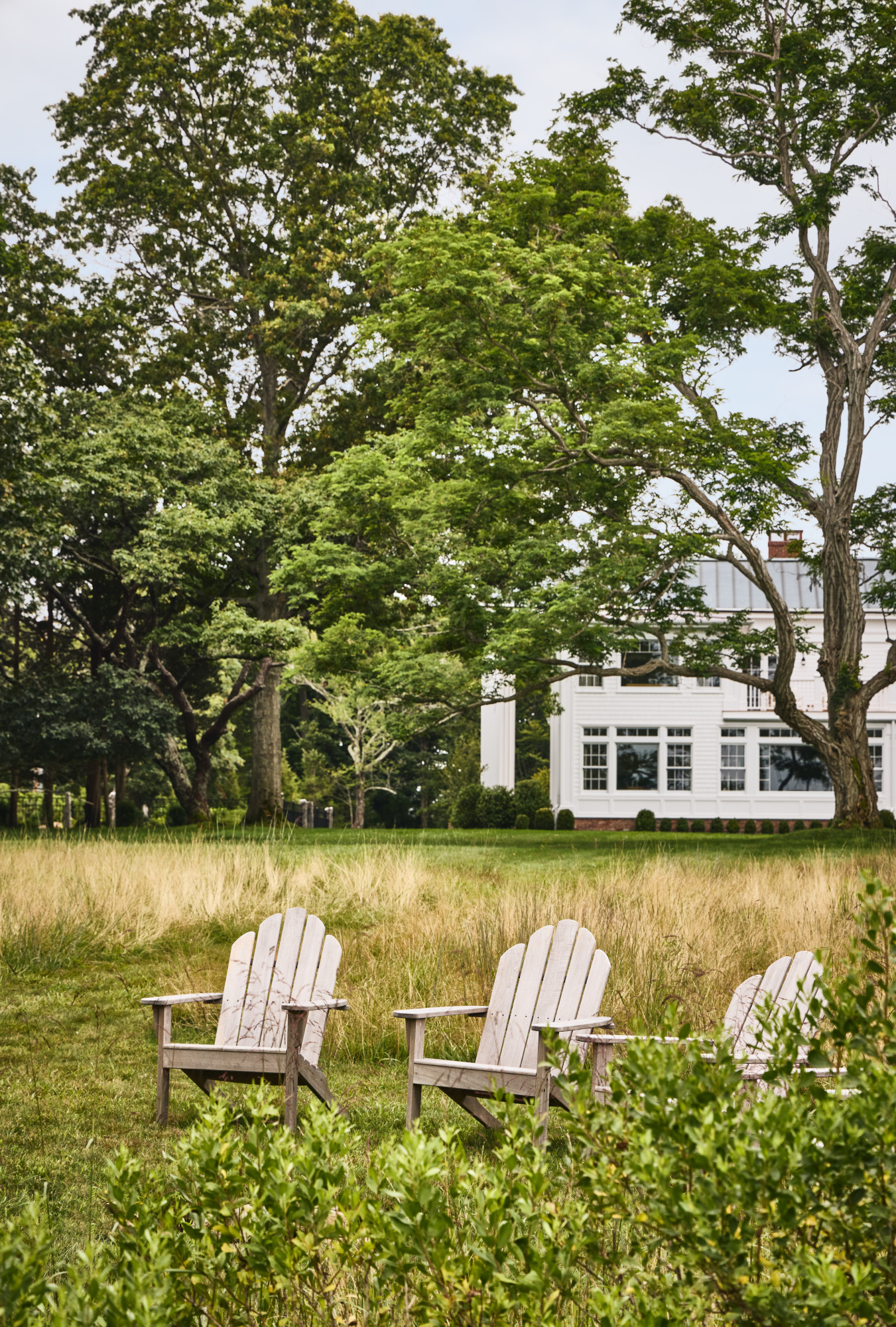
As well as being less than ideal for biodiversity – providing little habitat for wildlife – a garden consisting entirely of turf feels boring. Designers are looking to grass alternatives, instead. ‘We’re happy the “wall to wall” lawn is being replaced by requests for more areas to be naturalized with native plantings,’ says Jonathan Paetzel, principal of Marshall Paetzel Landscape Architecture (MPLA) in Long Island, New York, who designed the scheme above to embrace a 'wilder' approach to green spaces.
Be The First To Know
The Livingetc newsletters are your inside source for what’s shaping interiors now - and what’s next. Discover trend forecasts, smart style ideas, and curated shopping inspiration that brings design to life. Subscribe today and stay ahead of the curve.
Native plant lawns are a great alternative not just because they look more interesting, but because it’s still fairly low-maintenance, too. ‘More and more I see a trend toward using native species in patio planting,’ says Brad Ramsey, principal and founder of Brad Ramsey Interiors in Nashville, Tennessee. ‘Many are naturally pest-resistant and require less watering once the plant is established. Many people are also opting for native evergreen plants and perennials for year-round green and annual color without having to purchase and replant every spring.’
3. ‘Typical’ outdoor furniture
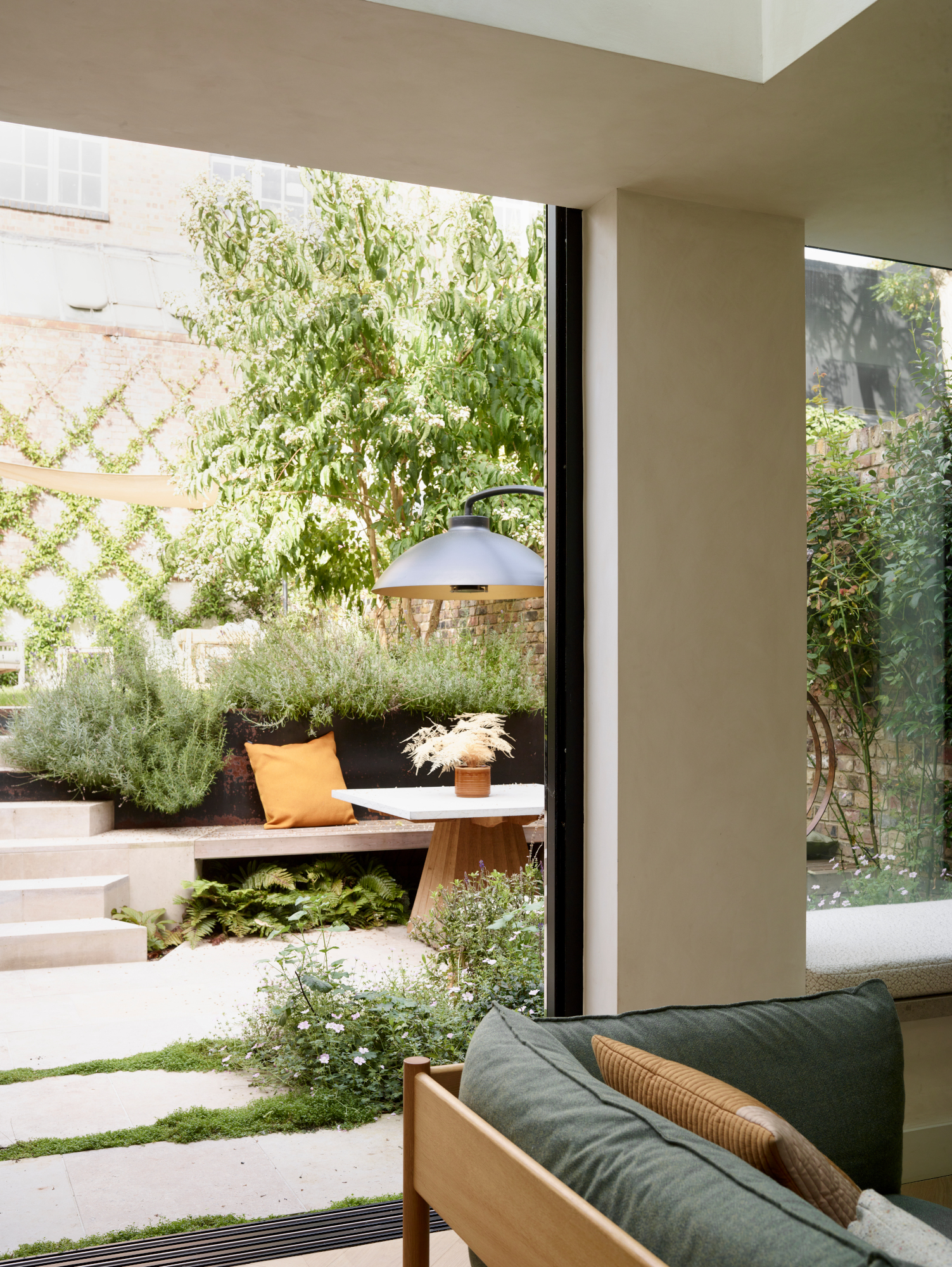
Classic outdoor furniture ideas – think wicker sofas and heavy iron bistro sets – are being replaced with pieces that feel as at home indoors as they do in the backyard. ‘The desire for indoor/outdoor living that is integrated in look, color and style means the lines have been blurred on what we would traditionally call outdoor furniture,’ explains Brad Ramsey. ‘The patio is now an extension of our interior living space and with a wide variety of high-performance outdoor fabrics that are supple and stylish, you can easily flow from one space to the next in a seamless way.’
In particular, many brands are now designing outdoor furniture that speaks to key trends – take sculptural shapes, for example. ‘Not only are they pieces of art in their own right, but they echo and reflect the sculptural forms of nature,’ says Janice Parker. ‘Out in nature, traditionally styled furniture can feel out of place.’
4. Monochrome garden furniture
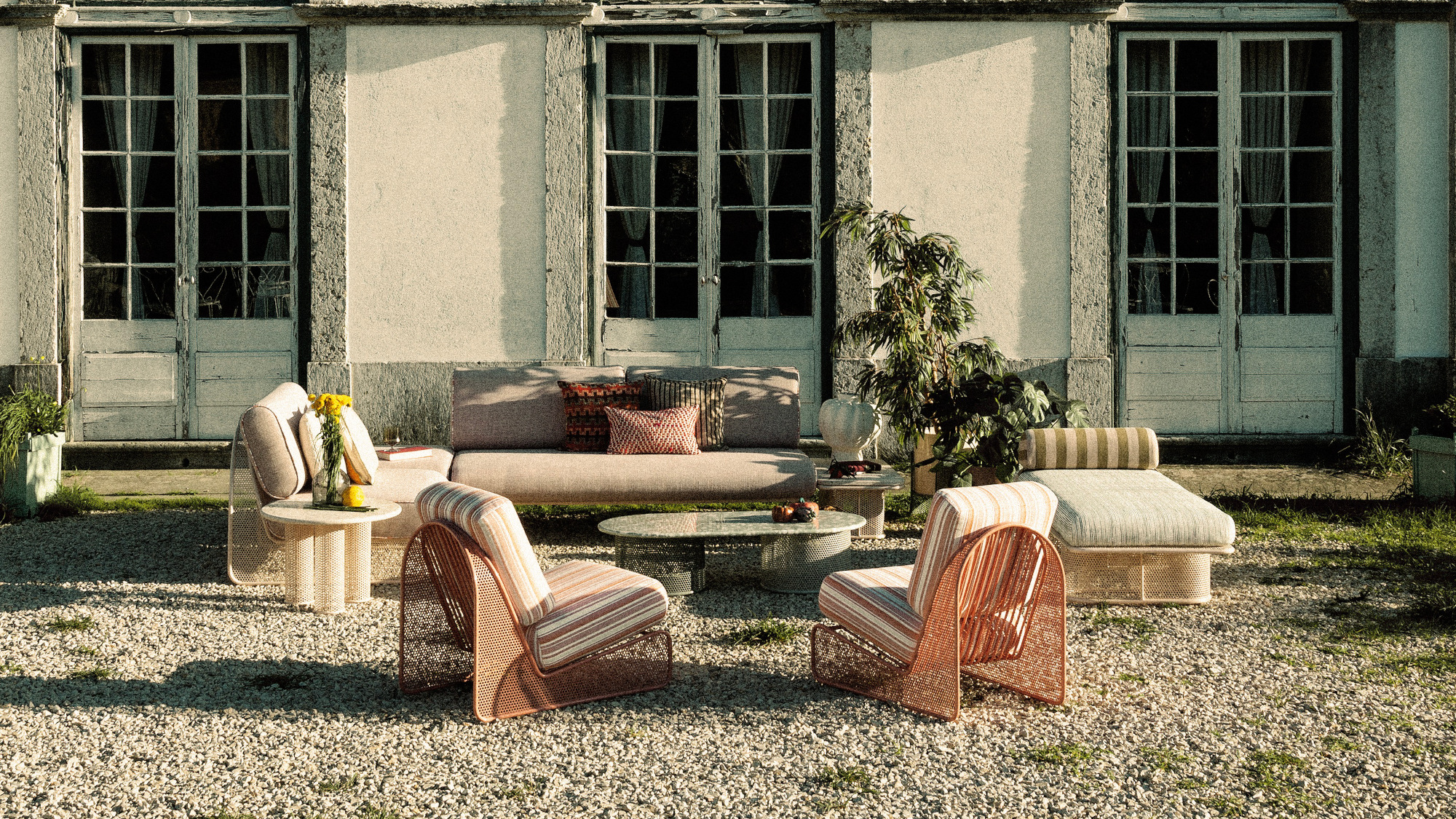
Similarly, sticking to a muted garden color scheme for your outdoor furniture is a trend many designers are all too happy to see the back of. ‘Monochromatic furniture may seem like a home run, but it’s also quiet – and possibly dull,’ says Janice Parker. ‘This summer, more color and diversity feel right. It’s not going far enough in 2024 to add color, prints and patterns in accent pieces and pillows.’
Nervous about investing in so much color? ‘It’s easier to add it to furniture than most people think – the green of the natural surroundings softens and blends the colors of your furniture,’ Janice adds. ‘Weather, sun, shade, and evening light all work their magic on the palette you choose – the more vibrant, the better!’ Take inspiration from Portuguese design studio Mambo Unlimited Ideas above and infuse your space with soft, ice-cream pastel shades.
5. Stone patios
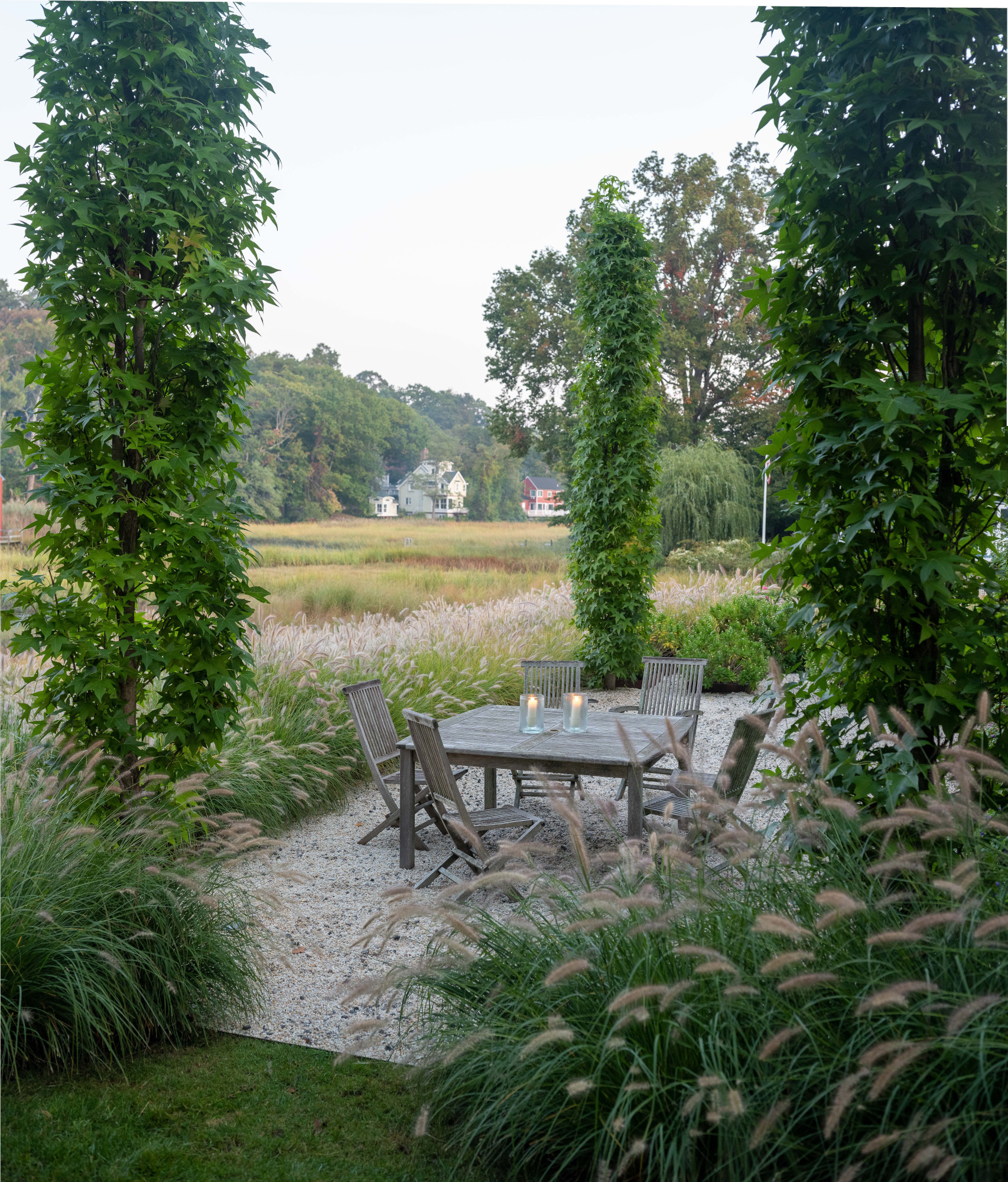
Traditional solid stone patios might be popular, but they can be high-maintenance, prone to weathering and cracking, and expensive. Janice Parker recommends gravel landscaping for a softer alternative — she used it in the above scheme to define this dining area. It doesn’t get too hot like stone, needs no repairs and re-grouting, allows water to drain, and will never be slippery in rainy weather,’ she says. ‘There are so many variations in gravel colors, edging options and shapes. Install with a stone dust/sand road base as your subgrade, and there is no weeding to be done.’
If you do like stone paving, consider going reclaimed. ‘People are finally branching out from Bluestone patios and pathways – we’ve been using a lot of reclaimed stone,’ says Stacy Paetzel, founder and principal of MPLA. ‘Since it always comes in a variety of shapes, sizes, colors, and finishes, it pushes us to be more creative in how we use it to create space. Often these materials are being torn out as city streets and sidewalks are improved, so it’s nice they can continue to be useful!’
And finally, how you lay stone paving can make it feel fresher. ‘We’re making traditional solid stone terraces and paths more innovative, unique, as well as more sustainable by adding grass panels and joints,’ says Janice. ‘Patterns add a visual rhythm that solid stone surfaces cannot. Also, grass sections create naturally permeable surfaces, increasing sustainability.’
3 on-trend outdoor buys

Ellen is deputy editor of Livingetc magazine. She works with our fabulous art and production teams to publish the monthly print title, which features the most inspiring homes around the globe, interviews with leading designers, reporting on the hottest trends, and shopping edits of the best new pieces to refresh your space. Before Livingetc she was deputy editor at Real Homes, and has also written for titles including Homes & Gardens and Gardeningetc. Being surrounded by so much inspiration makes it tricky to decide what to do first in her own flat – a pretty nice problem to have, really. In her spare time, Ellen can be found pottering around in her balcony garden, reading her way through her overstacked bookshelf or planning her next holiday.
-
 Turns Out the Coolest New Café is Actually In Your Kitchen — Here's How to Steal the Style of TikTok's Latest Trend
Turns Out the Coolest New Café is Actually In Your Kitchen — Here's How to Steal the Style of TikTok's Latest TrendGoodbye, over-priced lattes. Hello, home-brewed coffee with friends. TikTok's 'Home Cafe' trend brings stylish cafe culture into the comfort of your own home
By Devin Toolen Published
-
 5 Bathroom Layouts That Look Dated in 2025 — Plus the Alternatives Designers Use Instead for a More Contemporary Space
5 Bathroom Layouts That Look Dated in 2025 — Plus the Alternatives Designers Use Instead for a More Contemporary SpaceFor a bathroom that feels in line with the times, avoid these layouts and be more intentional with the placement and positioning of your features and fixtures
By Lilith Hudson Published

